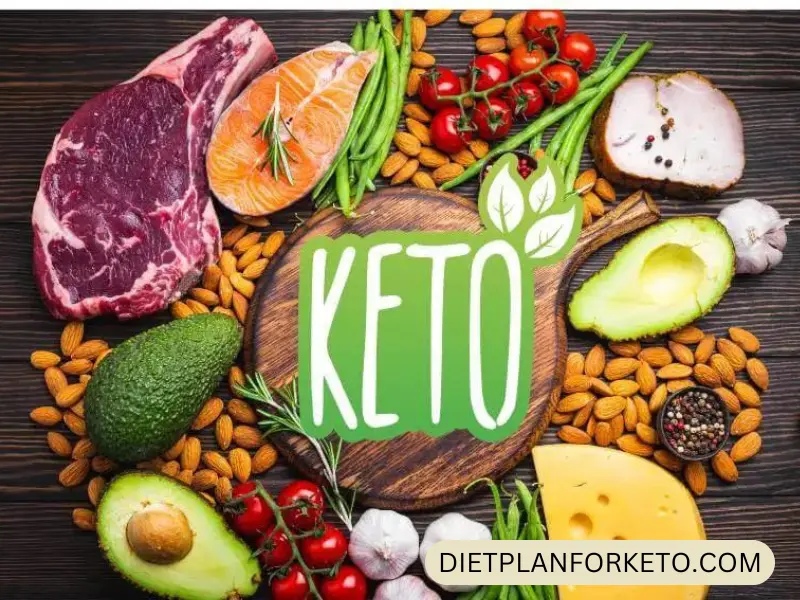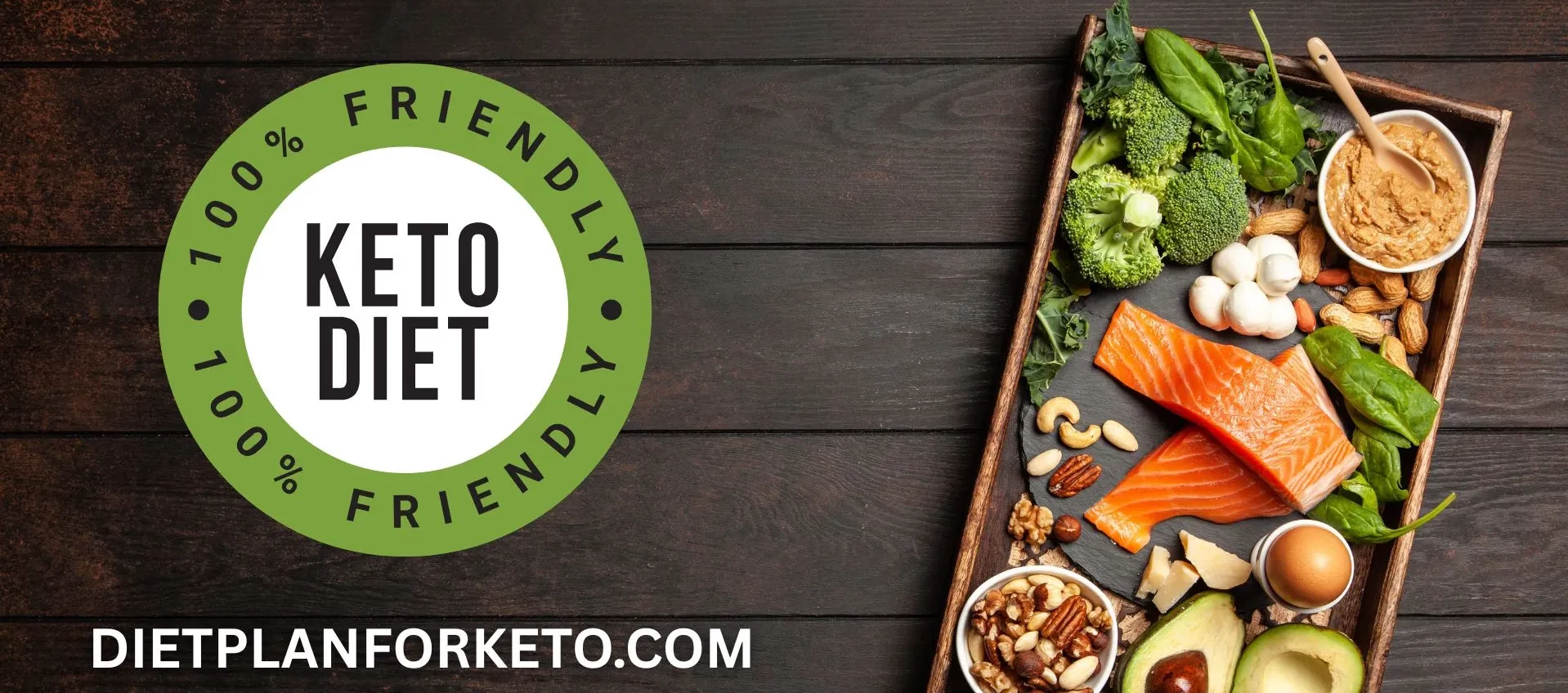Welcome to the ultimate comprehensive guide on the keto diet, your path to burning fat, improving energy, and dramatically enhancing your health and wellness!
Table of Contents
- What is the Keto Diet?
- How Does the Keto Diet Work?
- Benefits of the Keto Diet
- Potential Drawbacks and Side Effects
- Getting Started on Keto: Detailed Step-by-Step Guide
- Essential Keto Diet Foods and Pantry Staples
- Common Mistakes to Avoid
- Delicious Keto-Friendly Recipes
- How to Overcome the Keto Flu
- Keto-Friendly Snacks and Treats
- Pros and Cons of the Keto Diet
- Frequently Asked Questions
- Conclusion
- Disclaimer
What Is the Keto Diet?
The keto diet is a high-fat, moderate-protein, low-carb diet that forces the body to enter a state of ketosis. Initially developed as a medical treatment for epilepsy, it’s now widely adopted for its significant weight-loss and health-promoting benefits.
How Does the Keto Diet Work?
By significantly reducing carbohydrate intake and increasing fat consumption, the body switches to burning stored fat for energy instead of glucose. This metabolic shift is called ketosis, which efficiently burns fat and stabilizes energy levels.
Benefits of the Keto Diet
- Rapid Weight Loss
- Improved Cognitive Function
- Enhanced Energy Levels
- Appetite Suppression
- Better Blood Sugar Management
- Reduced Inflammation
Potential Drawbacks and Side Effects
- Initial Fatigue (Keto Flu)
- Constipation or Digestive Issues
- Electrolyte Imbalance
- Nutrient Deficiencies (without careful planning)

Getting Started on Keto: Detailed Step-by-Step Guide
Step 1: Educate Yourself – Learn how keto works and set realistic expectations.
Step 2: Calculate Your Macros – Generally, 70% fats, 25% protein, and 5% carbs.
Step 3: Prepare Your Environment – Stock keto-friendly foods, eliminate temptations.
Step 4: Plan Your Meals – Create balanced meal plans ahead of time.
Step 5: Stay Hydrated and Supplement Electrolytes – Drink water and consume electrolytes regularly.
Step 6: Track Your Progress – Monitor your ketosis state and adjust as needed.
Essential Keto Diet Foods and Pantry Staples
- Healthy Fats: Avocado, olive oil, coconut oil, butter, ghee.
- Proteins: Chicken, beef, fish, eggs, cheese.
- Vegetables: Leafy greens, broccoli, zucchini, cauliflower.
- Low-Carb Fruits: Berries, avocados.
- Nuts and Seeds: Almonds, chia seeds, flaxseeds.
Common Mistakes to Avoid
- Not tracking carb intake accurately
- Eating excessive protein
- Ignoring electrolytes and hydration
- Relying on processed “keto” products
- Not planning meals in advance
Delicious Keto-Friendly Recipes
1. Avocado Bacon Salad
- Ingredients: Avocado, bacon, cherry tomatoes, olive oil, salt, pepper.
- Instructions: Cook bacon until crispy, chop avocado and tomatoes, combine in a bowl, drizzle olive oil, and season.
- Carbs per serving: 3g
2. Keto Omelette
- Ingredients: Eggs, spinach, cheddar cheese, salt, pepper.
- Instructions: Beat eggs, pour into a pan, add spinach and cheese, cook until fluffy.
- Carbs per serving: 2g
3. Keto Chicken Alfredo
- Ingredients: Chicken breast, heavy cream, parmesan cheese, garlic, butter.
- Instructions: Cook chicken, prepare sauce by simmering cream, butter, garlic, and cheese, combine and serve.
- Carbs per serving: 4g
4. Zucchini Noodle Alfredo
- Ingredients: Zucchini noodles, cream, garlic, parmesan cheese.
- Instructions: Sauté zucchini noodles briefly, add sauce ingredients, cook until creamy.
- Carbs per serving: 4g
5. Keto Burger Bowl
- Ingredients: Ground beef, lettuce, tomato, cheese, pickles, mustard.
- Instructions: Cook beef, assemble ingredients in a bowl, top with mustard.
- Carbs per serving: 2g
You can find more delicious Keto-friendly recipes here.
How to Overcome the Keto Flu
- Stay Hydrated: Increase water intake.
- Increase Electrolytes: Consume salt, potassium, and magnesium-rich foods.
- Gradually Reduce Carbs: Ease into keto gradually.
Keto-Friendly Snacks and Treats
- Cheese slices
- Hard-boiled eggs
- Keto-friendly protein bars
- Nuts and seeds mix
- Avocado with salt and pepper
Pros and Cons of the Keto Diet
Pros:
- Quick, noticeable weight loss
- Improved energy levels
- Reduced hunger and stable blood sugar
Cons:
- Difficult to sustain long-term for some
- Initial side effects (Keto Flu)
- Potential for nutritional gaps without proper planning
Frequently Asked Questions
- Can I eat fruit on keto? Moderate berries or avocados are best.
- Is keto safe long-term? Many maintain it safely, but consult your doctor.
- Can I drink alcohol on keto? Occasionally, but choose low-carb options.
Conclusion
Starting keto requires preparation, education, and consistency. With careful planning and adherence, it can offer profound health improvements, sustained weight loss, and a revitalized lifestyle.
Disclaimer
This guide provides general information and is not medical advice. Always consult a healthcare professional before starting new dietary changes, especially if you have health concerns. Use this information responsibly and at your own risk.
